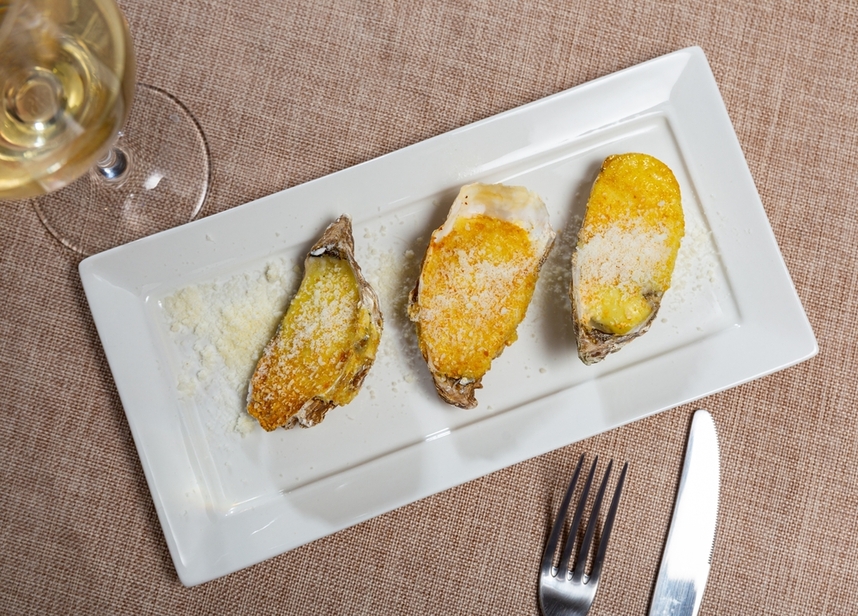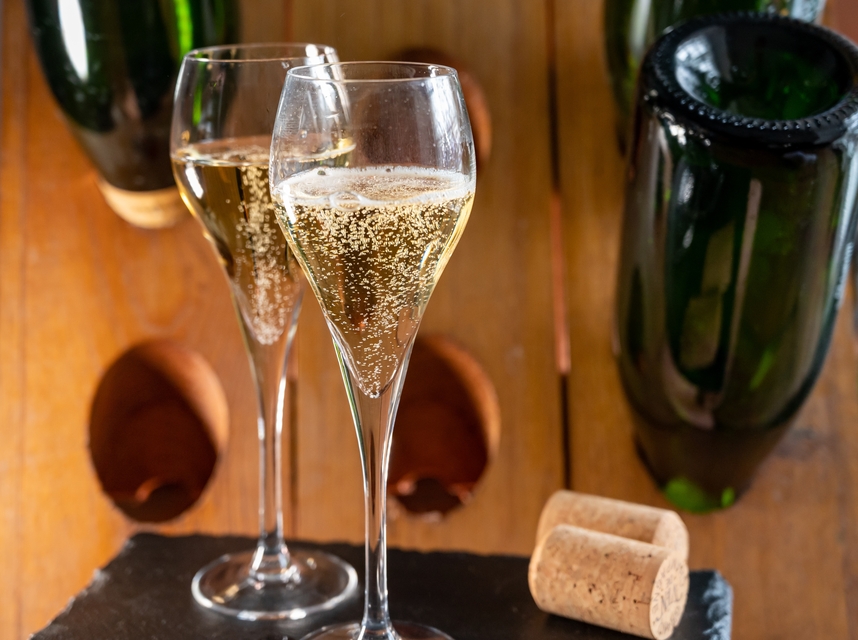Born from the importation into Spain of the famous Champenoise method of the French, Cava sparkling wine is not a trivial imitation, but a production that has taken on a strong territorial identity over time. Produced largely from indigenous grapes, this bubbly managed to overcome initial difficulties and conquer the international market, becoming Spain's most famous sparkling wine.
Here is a complete guide to Cava, from origins to tasting tips!
Spanish champagne? No, Cava!
To claim that the origins of Cava have their roots in France might seem provocative, but this is partly the case.
In the second half of the 17th century at the Abbey of Saint-Hilaire, the Benedictine monk Dom Pierre Pérignon developed a method for producing a high quality effervescent wine: Champagne. Although the authorship of the method is widely debated, Pérignon's exploits had an enormous impact on the wine world, influencing the sparkling wine processes of other countries, including Italy, which a couple of centuries later created its own Metodo Classico thanks to Carlo Gancia.
Spain was no different. Fascinated by the Champenoise method, the director of the Agrarian Institute of Sant'Isidro, Luis Justo y Villanueva, undertook a trip to France to assimilate the details of this process, with the intention of replicating it in Spain.
The results were patchy: the Chardonnay and Pinot Noir vines that were important to him (the ones most commonly used in the production of Champagne) struggled to take root in a terroir so different from their own, but winegrower Josep Raventòs was instrumental in the evolution of Cava's history, as he decided to use local varieties such as Macabeo, Xarel-lo and Parellada.
The French did not like the choice of calling Spanish sparkling wines Champagne, so another name was chosen, Cava (officially adopted in 1959), inspired by the places where the bottles are aged. The meaning of cava is in fact 'cave' or 'grotto'.
Catalonia, home of Cava
There is no single production area for Cava, the vines of which are adapted to most of the country without too many problems. However, there is one small area that lends itself particularly well to plant growth: the Catalan region of Penedés.
What makes this place - located between Barcelona and Tarragona - a true paradise for Cava are first and foremost the temperate and warm climatic conditions, but the soils rich in limestone and clay also have a considerable impact on the growth of the vines.
Despite its small size, one can subdivide the macro terroir of Penedès into 3 sub-regions:
- Penedés Superior: located in the northwest of the region, far from the sea, it is characterised by higher elevations and discrete temperature ranges. The soils are predominantly clayey.
- Penedés Medio: characterised largely by plains, this area gives the vines usually mild temperatures.
- Coastal zone: this is the zone closest to the sea, where soils are largely composed of limestone and temperatures follow the pattern of the rather temperate Mediterranean belt.
Characteristics, classification of sparkling wines and food pairings of Cava

Made from a blend of different grapes, Cava is a veritable patchwork of scents that form the organoleptic texture of this Spanish sparkling wine. The main varieties are the indigenous Macabeo, Xarel-lo and Parellada, but international grapes such as Chardonnay and Pinot Noir are also allowed. The former are characterised by a good degree of acidity, while the latter are responsible for the structure of the sparkling wine. Finally, the third variety lends floral notes and a pleasant freshness to the whole.
The final result varies according to the different categories in the Cava production method, which depend first and foremost on the colour (white or rosé), but above all on the concentration of sugars and the period of ageing, which must respect a minimum of 9 months:
- Cava de Guarda: aged from 9 to 17 months. Also known simply as Cava, it is the youngest and lightest of the varieties. It has hints of white-fleshed fruit - such as apple and pear - and citrus notes that amplify its freshness.
- Cava Reserva: aged between 18 and 30 months. It takes on deeper tones than its younger 'colleague', amplifying the full-bodiedness and intensity of the fruity aromas, without sacrificing freshness.
- Cava Gran Reserva: aged more than 30 months. Aromatic and complex, this Cava is a triumph of elegance, and conquers the palate thanks to a full-bodied, creamy sip and a remarkable structure.
- Cava de Paraje Calificado: aged more than 36 months. In addition to the long resting period, this sparkling wine differs from others in that it is produced in a specific selected area, thus taking on distinctive characteristics, depending on the terroir of origin.
The types of Cava also include those characterised by an increasing scale of sweetness: from the driest Cava Brut Nature (which contains only 3g of sugar per litre) to the Demi-Sec, which contains as much as 50g.
Cava on the table: how to enjoy Spanish sparkling wine
Wine lovers will agree: the best way to get to know a wine is to taste it, even better if you can pair it with some tasty dishes.
In the case of a Cava de Guarda, one is spoilt for choice, starting with aperitifs and starters. The highly refreshing fruity profile of an 'Onaya de Don Cristo' Cava Brut, with its tropical notes, goes very well with charcuterie boards, sheep's cheese, seafood salads and mini tarts made with olives, artichokes and asparagus, complex flavours that find an excellent companion in this sparkling wine.
As far as main courses are concerned, it goes perfectly with sushi or a fish crudité, but also with seafood recipes. It also goes particularly well with the aftertaste of rice (in the country it is eaten with a plate of paella, for example), prepared simply or with ethnic seasonings, as in the case of Chicken Tikka Masala.
With a Cava Agustí Torelló Gran Reserva Barrica, the bar is raised on flavour intensity. Full-bodied and full of character, characterised by ample hints of apple, with balsamic and spicy touches, this variety appreciates dishes with a fatty texture, which is why it is an excellent accompaniment for red meat pies - such as the timeless Shepherd's Pie - enveloping stews, a Porterhouse Steak and the inevitable sausage, potato and vegetable dishes. Also try it with savoury cheeses.
Finally, there is no shortage of dessert: a Cava Demi-Sec, with its enveloping aromas of pear, apple and brioche, and its intense fruity flavour, is just what is needed when the menu finale includes almond cakes, fruit tarts and spoon desserts.
Has this in-depth look at Cava got you in the mood for bubbles? Explore the Svinando catalogue, you'll find the ones that suit you!

